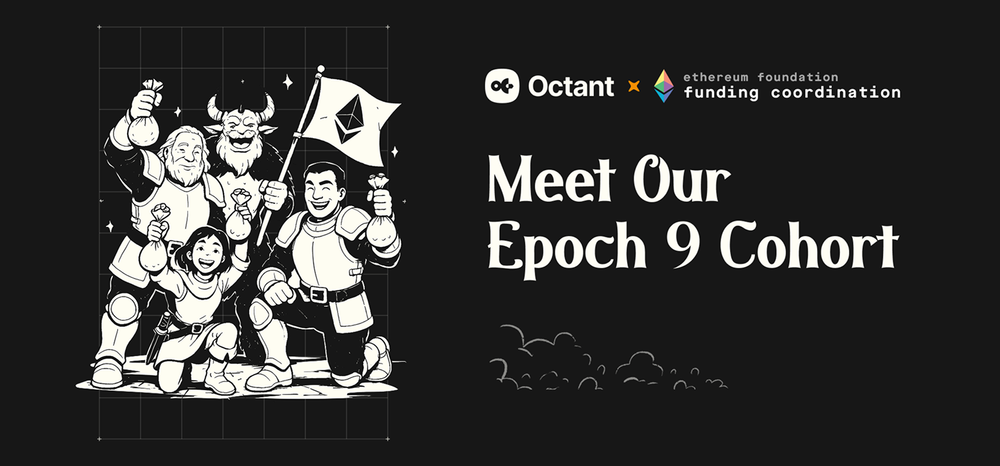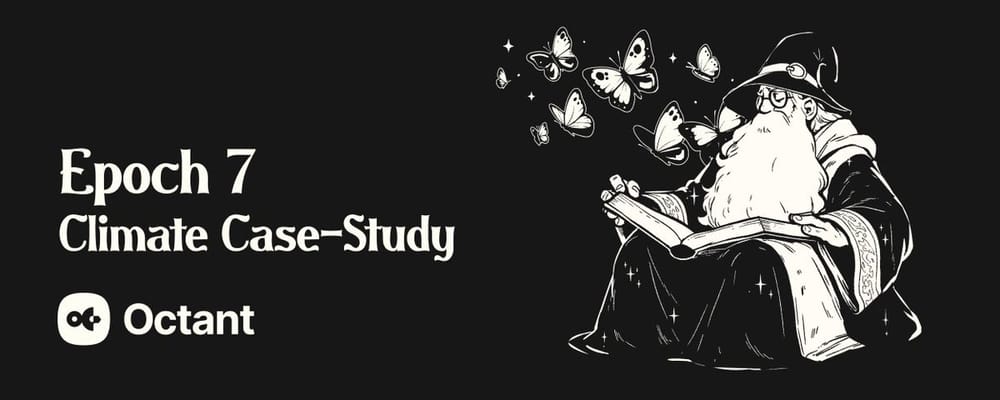When it comes to good projects, it’s about both the journey and the destination. Having a well-crafted roadmap - a strategic plan that outlines the steps and resources required to achieve specific goals over a set period of time - is vital to allow you to plan long term and keep yourself accountable. It can be a cornerstone of your project’s journey, serving as both a strategic guide and a shared vision.
It’s also really insightful for your community - they’ll know where you’re planning to go with the project and it can keep them excited for what’s to come.
This is even more so the case when it comes to projects in the public goods space: when you’re working towards impacting a common good, your focus must be really sharp. The same goes for web3 in general: community being such a big part of the ecosystem, it’s crucial to do things in a way in which you can foresee what’s next for you and your community’s members to maximize your impact. Knowledge and planning is power, folks!
How To Set Milestones Effectively…
Before you set out to build a roadmap, put your thinking cap on and focus on milestones. A milestone is a stage in your journey that can inform you about the progress you’ve made and measures where you are on your quest towards a set goal. Having your team share milestones will assure that you're aligned along the way. When it comes to web3 grants space the focus on setting milestones is something you can definitely feel. Our environment is fast-paced and encourages ambition. Innovation is great but it has to have direction in order to reap fruits.
Then there’s being transparent and keeping your community up to date. This is all why project milestones are an important part of the Octant Epoch Application process, too. They help you know how you can best shape your application and then how to use your funds raised in the best way possible. To our community of potential voters they help understand your project better. So, how do we set milestones effectively?
1. Get to know your project inside out
- Define your goals: Start with asking the big question: what are you trying to achieve? Make your goals SMART: Specific, Measurable, Achievable, Relevant, and Time-bound.
- Round up your resources: Run through all the resources at your disposal. Are they compatible with your goals or do you need to align them more with each other?

2. Pinpoint your project tasks
- List your deliverables: Identify the major deliverables. These are the tangible outcomes that must be completed before you will be able to move to the next phase.
- Align your milestones with your deliverables: Set milestones at points where these key deliverables would be achieved.

3. Estimate how long you need to reach your milestones
- By applying the thinking mentioned above (a.k.a. keep it SMART!) work out how long you’ll need to reach each milestone. Try to think realistically and take into account possible delays.

4. Time to map it out!
- It’s roadmap time. Applying the knowledge you’ve gained in the process of setting milestones, you can now craft a visual representation of the journey you’re embarking on.

Crafting a Roadmap
Depending on what you’re building is aiming to do, you might benefit from having both a tech roadmap as well as a marketing roadmap. A technology roadmap will map out the journey of your project/protocol/platform whereas your marketing roadmap will help you get to those brand-building milestones.
And remember, if we’re talking Octant Epochs, a top tier roadmap will help you show the community what you’re all about and inspire them to get excited about what your building!
The folks at Miro share these best practices to keep in mind when crafting a roadmap:
- Communicate the ‘why’
- Keep it simple
- Share with the relevant people
- Make it adaptable
- Don’t overpromise
Find cool tools or stick with the basics
There’s a bunch of great tools out there that make it easier to map out everything and do so with great visuals. Depending on your goal, you can even opt for something really simple, like an Excel sheet, all the way to tools like Airtable, Linear, Miro and Aha!, just to list a few.
Get some healthy inspo!
Have a look at the roadmaps other projects have made public. Get some inspiration from how they map out their goals and craft their journeys.


